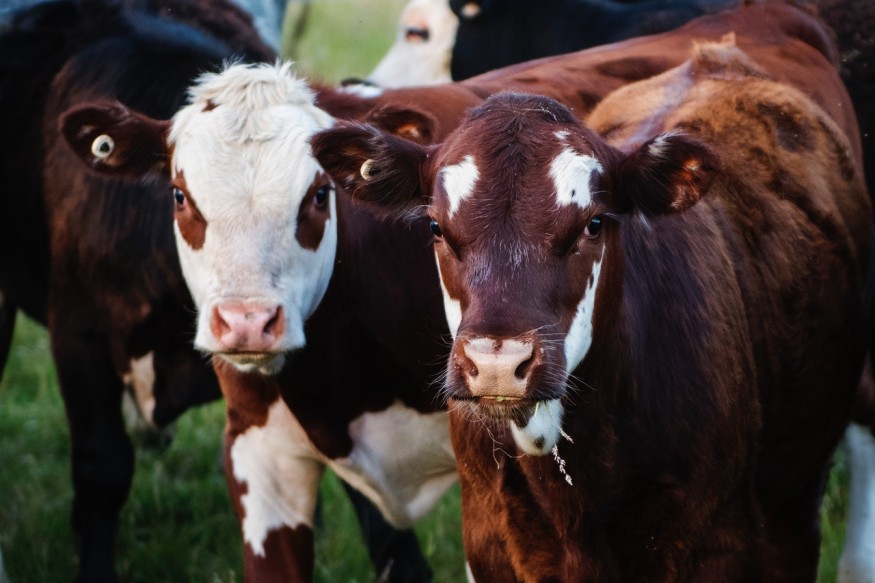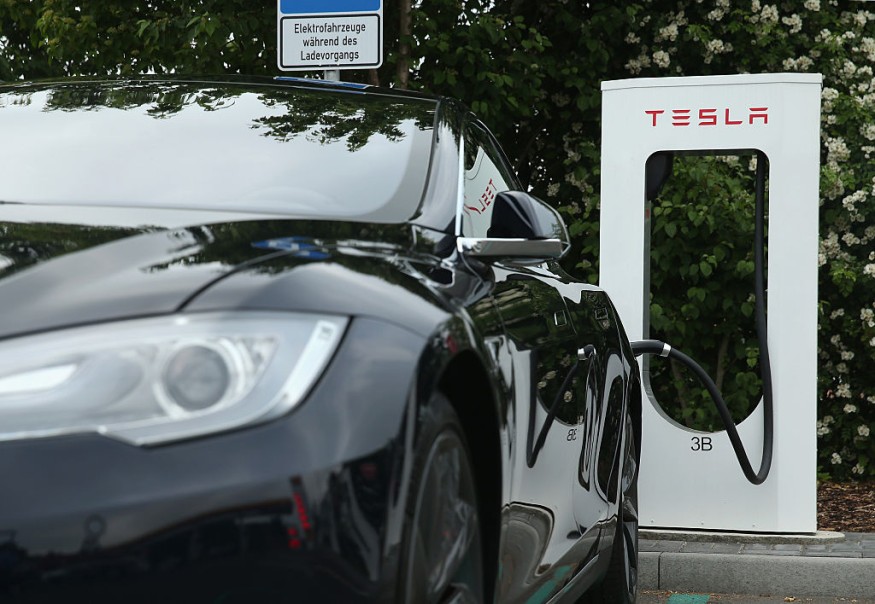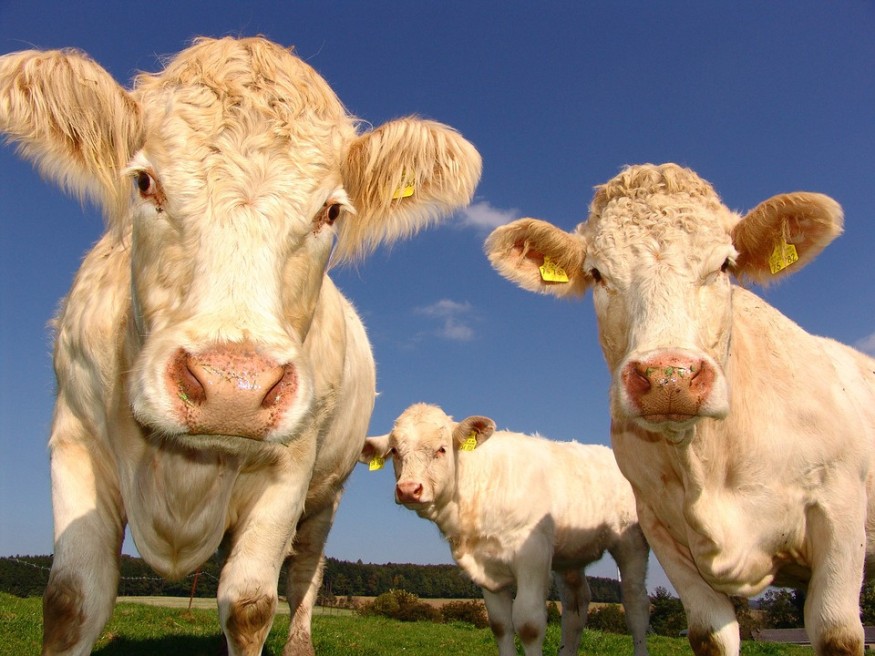Bloom Energy announced the installation of one megawatt (MW) fuel cell at Bar 20 Dairy Farms in Kerman, California, to create on-site, sustainable power from dairy cow excrement. As a result, bloom's first dairy farm biogas project has been completed.

Bar 20 Dairy Farms
Bar 20 Dairy Farms used a methane digester, gas clean-up skid, and Bloom Energy fuel cells to transform cow manure into sustainable power for an end-to-end waste-to-electricity solution.
Biogas, predominantly methane, is captured by the California Bioenergy (CalBio) digesters during the anaerobic breakdown of dairy manure. Bloom Energy's flexible, solid oxide fuel cells convert biogas to sustainable power through an electrochemical process without burning after being cleansed in a separation skid.
Dairy Biogas Makeup
Methane can make up to 65 percent of dairy biogas. The waste-to-energy technology catches methane that would otherwise be discharged into the environment while also lowering carbon emissions from power generation and automobile fuel.
Related Article : OPEC Member Calls for Change, Urges Oil Producers to Invest More on Renewable Energy
Charging EVs

Bloom's Energy Servers provide enough electricity to power the gas clean-up skid as well as the dairy farm's energy demands. In addition, electric vehicle (EV) charging stations around California are receiving extra electricity. Dairy farms in California, such as Bar 20 Dairy Farms that produce renewable power to charge EVs, can participate in the California Air Resources Board's Low Carbon Fuel Standard (LCFS) program, giving them a new source of income.
"Limited resources don't imply finite energy; instead, it means doing better things with what we have," said Sharelynn Moore, Bloom Energy's executive vice president and chief marketing officer.
"Bar 20 Dairy Farms has long recognized that the measures they do now will benefit both their industry and their communities for many years to come. For example, methane is a potent greenhouse gas with a limited atmospheric lifetime. As a result, collecting and using waste methane as a renewable fuel is a powerful option to mitigate climate change rapidly and effectively.
Bloom Energy is honored to be a part of the journey and to show that fuel cells are an essential component of a low-carbon future."
Using Dairy Biogas

Hundreds of megawatts of economically viable dairy biogas exist in California. With the widespread usage of dairy digesters in the California dairy sector, on-site power generating systems that use the collected biogas to create renewable electricity without combustion are in high demand.
In addition, more California dairies may embrace technology that helps local environmental and global climate initiatives due to Bar 20 Dairy Farms' leadership in prioritizing climate-conscious energy solutions.
The Central Valley of California, particularly the San Joaquin Valley, where many dairies are situated, has some of the worst air quality in the country and the state's highest rates of pediatric asthma. Fuel cells, rather than combustion engines, produce energy from dairy biogas, which reduces smog-forming pollutants and improves local air quality and public health.
The Bloom Energy Server removes the bulk of hazardous air pollution for local areas while emitting much fewer carbon emissions than older systems.
In addition, the Energy Servers are designed to create electricity 24 hours a day, seven days a week, and may be customized to eliminate the need for traditional backup power equipment and scaled up as power needs develop, thanks to its modular architecture.
For more news about making the environment sustainable, don't forget to follow Nature World News!
© 2025 NatureWorldNews.com All rights reserved. Do not reproduce without permission.





